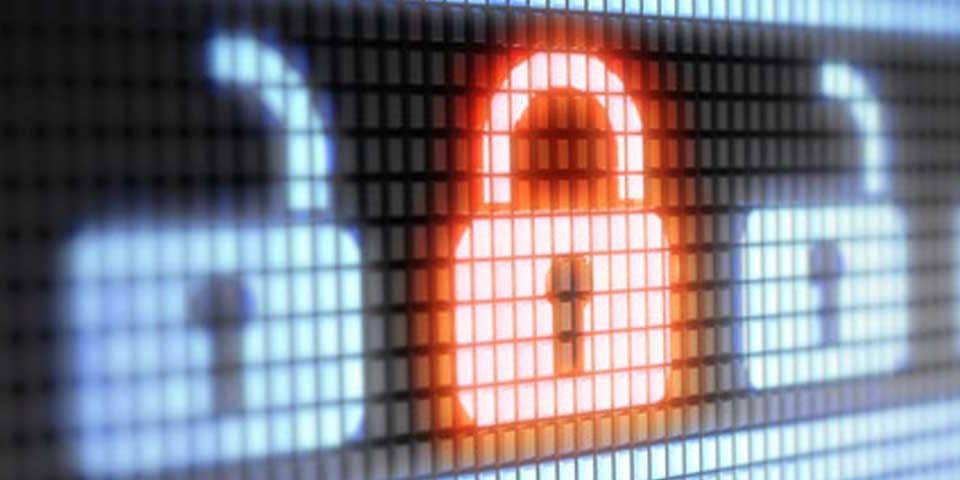I would however suggest that one of the many things we do have in common is a holistic approach to health, we can agree the importance environment has on a patient’s outcomes. Keeping pollution to a minimum is an important answer to many modern health problems.
If you disagree, and have a different answer. I would love to hear from you, my email is steve @ ipegs.co.uk I admit I will be surprised to find a deluge of emails coming in anytime soon.
So my next question is are you doing everything to protect your patients and your own environment?
If you are still using paper for your forms, be it for consultation forms, medical history forms, consent forms or others, are you aware of the needless damage they are doing to the environment?

I was doing a little research the other day and I was horrified at what I discovered. I had no idea paper was so toxic to us all and the planet we inhabit. Here are a few of the worrying facts, for you to consider:
Here are some things you may not know:
One mature tree, only produces approximately 16.67 standard packs of 500 sheets of paper.
Just one page of A4 paper uses approximately 10 litres of water to produce the equivalent of the daily ration of five people.
One ton of paper needs approx 253 gallons of petrol to produce it.
The paper industry is the 5th largest consumer of energy in the world.
Over 30 million acres of forest are destroyed annually, 40% of the worlds commercially cut timber is used to produce paper, its production is a big contributor to the problem of deforestation and is partly to blame for the endangerment of some species that live in the forests.
Most of the materials in landfills are made of paper. When paper rots, it emits methane, a greenhouse gas. When it is burned or composted, carbon dioxide another one.
The life cycle of paper is damaging to the environment from beginning to end. It starts off with a tree being cut down and ends its life by being burned – emitting carbon dioxide in the atmosphere. Dioxin is one of the many toxic by-products of the manufacture of paper and we all know how good that is for you.
Ah yes but we use recycled paper!
Good answer but:
Did you know?
Paper can only be recycled 7 times. On average in the first world 70% of paper is recycled, so in all, recycling only triples the life of your paper. Trust me I did the math.
Each time it is recycled it damages the environment.
Paper recycling involves the removal of inks from the used paper. Recycling facilities use different processes, the chemicals they employ range from detergents to caustic chemicals, such as chlorine.
Print from copy machines and laser printers is particularly problematic because it is not really ink but rather a plastic polymer that the printer or copier burns onto the paper. Removal requires chemicals that are much more caustic than standard chemicals.
Similarly, printing inks contain heavy metals and other compounds that require strong solvents. Your forms probably come into this category.
Recycling paper is a major cause of water pollution
When recycling facilities remove inks from paper, the waste makes its way into the water table. Metals from printing inks, including copper, lead, zinc, chromium and cadmium, enter the stream. Waste water from paper recycling often contains our old buddy dioxins of Agent Orange fame.
Solid Waste
Waste paper reprocessing produces a sludge that contains solids including small fibres, ink from the de-inking process and fillers. This waste, including the heavy metals from the inks, is often sent to landfills.
Incineration is an alternative, but this process releases dangerous emissions, including dioxins and hydrocarbons, as well as the heavy metals from the inks. The ash that remains after incineration also is consigned to landfills.
I’m sure like me, you find these facts worrying? If you do find them concerning why not do something about it?

Oh dear here comes the sales pitch…
I do have an axe to grind, I admit it. Of course, I want you to use our product and help us build our business. Just as you want to treat your patients well and build yours. However in this case I believe we have a mutual interest.
I want you to stop wasting paper, save you time and money and I want you to give your clients a better experience by going paperless with iPEGS electronic forms.
More than that though, I hope you agree the time when we could ignore the environmental effects of our actions is over, the world is too small and too crowded. We have to care about our impact on it and minimise the damage we do. I want my grandchildren to live on as healthy a planet, for as long as possible, don’t you?
So if you care as much about your clients, your bank balance and the world we all share – as we do here at iPEGS then this is something we can do together.
If you are ready to finally go paperless then please send me an email steve @ ipegs.co.uk to ask me how we can start the process of making your forms electronic. It’s up to you of course, but in this case I will be delighted to be deluged with your questions.
References:
- The water footprint of wood for lumber, pulp, paper, fuel and firewood
- Forest Ethics: The Facts – Paper Consumption and It’s Impacts
- Wikipedia: Environmental Impact of Paper
- Natural Resources Defense Council: Using Less and Reusing More
- iD2 Communications: Facts about Paper and Paper Waste
- The World Counts





